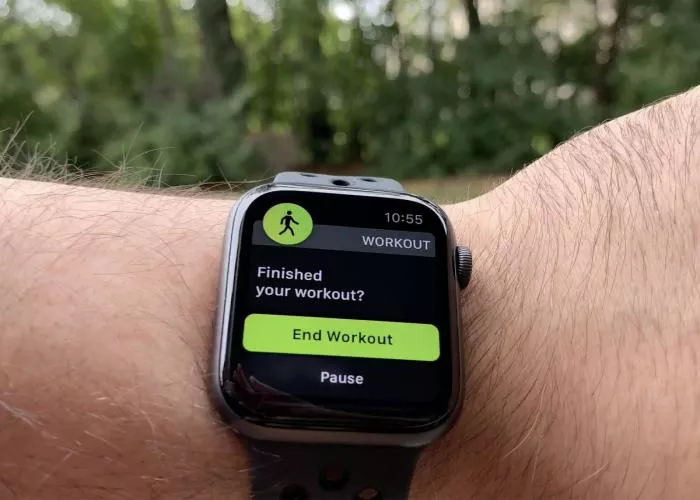Apple Watch users now have greater control over their workout tracking preferences as the company enhances its automatic exercise detection capabilities. The Auto Workout Detection feature, enabled by default on all compatible models, uses advanced sensors to identify physical activity and prompt users to record their sessions.
How Automatic Exercise Tracking Functions
The system continuously monitors movement patterns through the watch’s built-in accelerometer and heart rate sensors. When it detects activity matching common workout types like running, swimming, or cycling, the device displays a notification asking if the user wants to begin tracking.
“Many of our members forget to start their workout tracking,” explains fitness technology specialist Mark Chen. “This feature serves as a helpful backup, ensuring they don’t lose valuable activity data.”
The same technology works in reverse – when the watch senses prolonged inactivity after a workout session, it prompts the user to confirm they’ve finished exercising. This prevents unnecessary battery drain from prolonged tracking.
Customizing Workout Reminders
Users can adjust these settings through two methods:
On the Apple Watch: Navigate to Settings > Workout to access three toggle switches controlling start, resume, and end workout reminders.
Via iPhone: Open the Watch app, select the My Watch tab, then choose Workout to find the same configuration options.
Fitness enthusiasts who prefer manual control can disable all automatic prompts by turning off these three functions simultaneously. The change takes effect immediately and can be reversed at any time.
Considerations for Different Users
While generally accurate, the system may occasionally misinterpret daily activities as workouts. Office workers taking brisk walks between meetings or parents chasing toddlers might receive unwanted prompts.
“During product testing, we found the detection works best for sustained, rhythmic activities,” says Apple fitness product manager Sarah Lim. “Short bursts of movement typically don’t trigger false positives.”
The feature currently supports detection for:
- Outdoor running and walking
- Indoor and outdoor cycling
- Rowing machine sessions
- Elliptical workouts
- Swimming in pools
Apple continues refining the algorithms through watchOS updates, with improved yoga and strength training detection expected in future releases.
For users who disable the automatic prompts, the Apple Watch still records all movement as part of its daily activity tracking, though without the specialized metrics available in workout mode.
Health professionals recommend keeping the feature enabled for consistent fitness monitoring. “The more complete your activity data,” notes cardiologist Dr. Elena Rodriguez, “the better insights you’ll get about your overall health patterns.”
Users can access their workout history and health metrics through the Fitness app on iPhone, where all automatically detected sessions appear alongside manually recorded activities.


